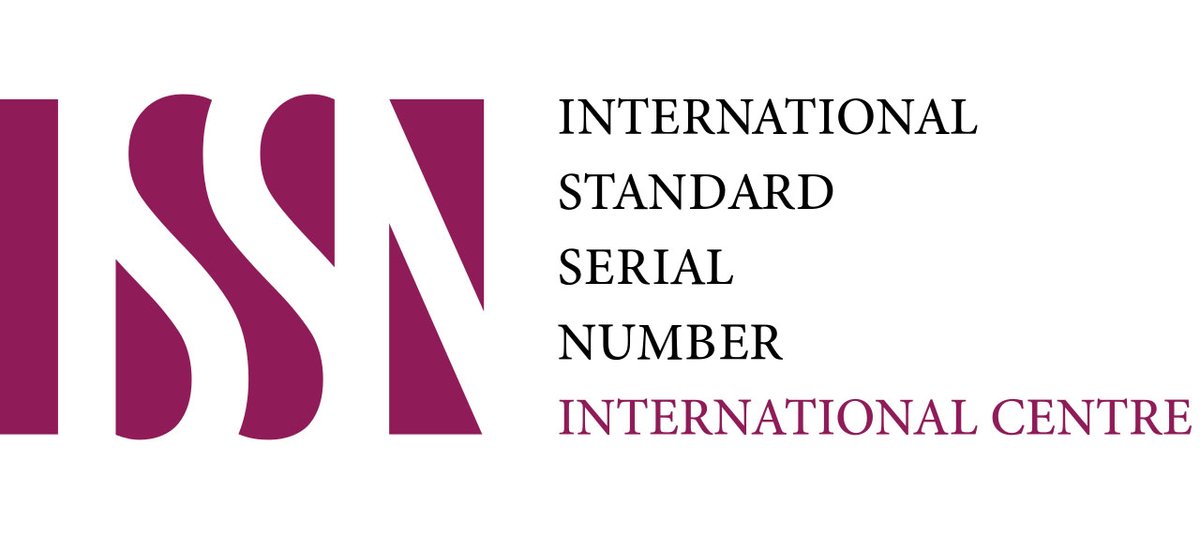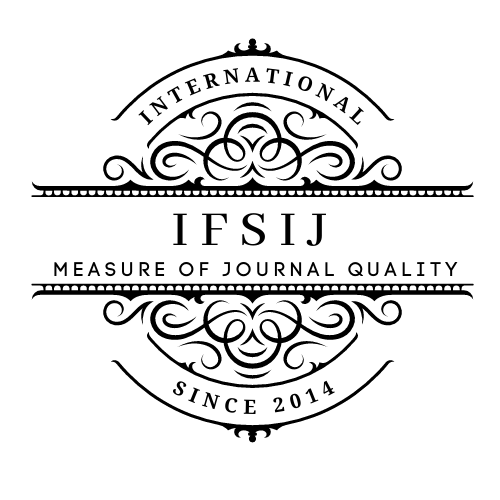RESULTS OF SURGICAL TREATMENT OF ANORECTAL DEFECTS IN CHILDREN
Abstract
Anorectal malformations (ARM) are the main group of children's coloproctology diseases, accounting for 85% of the total number of colorectal malformations. The average incidence of MRC in children is 1 in 5,000 newborns.According to statistics, it is more common in boys than in girls. Today, surgeons have at their disposal more than 20 methods of surgical correction of anorectal defects. According to statistics, unsatisfactory results of treatment of anorectal defects range from 10 to 60%. This is related to a complex of factors: various anatomical variants of the defect, combination with other anomalies of development, complete preoperative diagnosis, highly traumatic nature of traditional methods of correction of anorectal defects, which determine the presence of unsatisfactory functional results against the background of good anatomical reconstruction. Rehabilitation measures are a necessary step in the further treatment of children with anorectal defects. In order to improve and improve the methods of diagnosis and treatment of ARP, about 40 classifications have been proposed, which are based on the clinical, embryogenetic and anatomical characteristics of the defects.The classification of Ladd and Gross was of the greatest importance. Murashova, A.M. Amineva, A.I. Lenyushkina, G.A. Bairova, Krikenberg, Melbourne classification, A. Peňa classification.
Downloads
Published
Issue
Section
License

This work is licensed under a Creative Commons Attribution-NonCommercial-NoDerivatives 4.0 International License.















